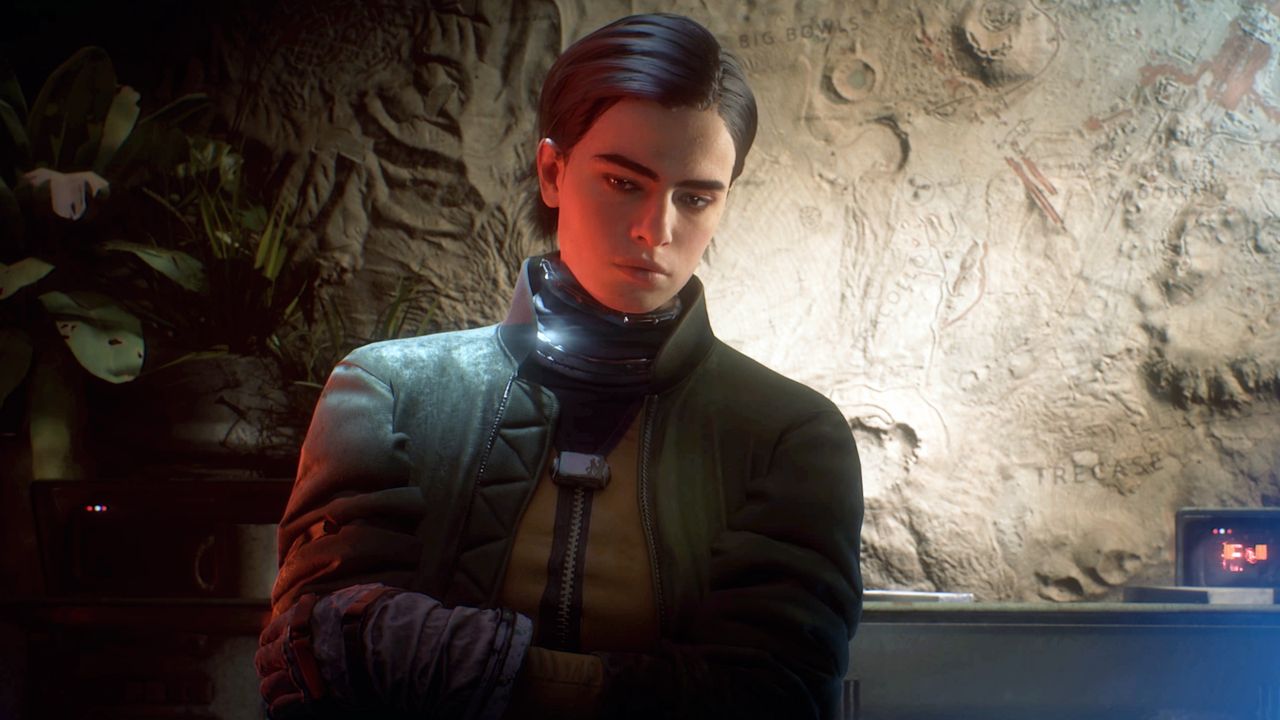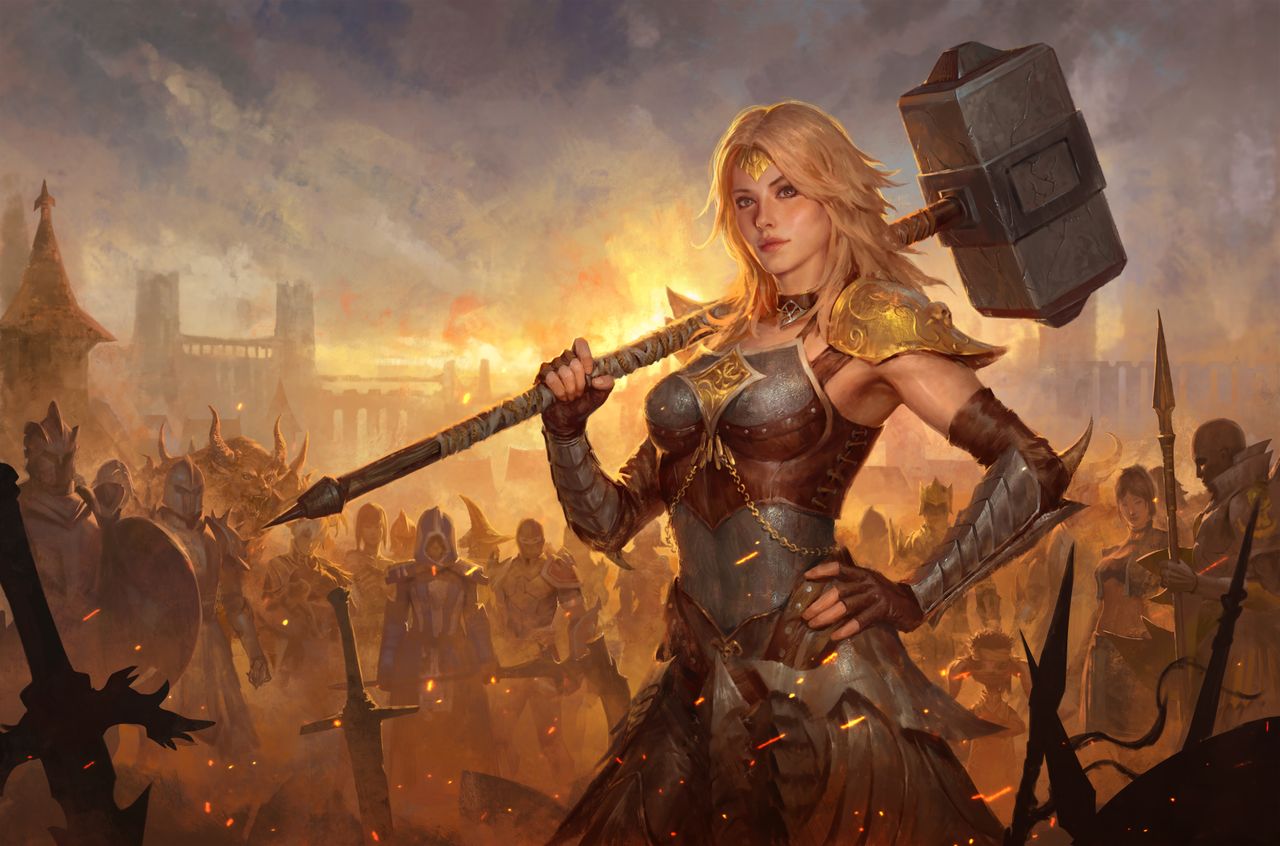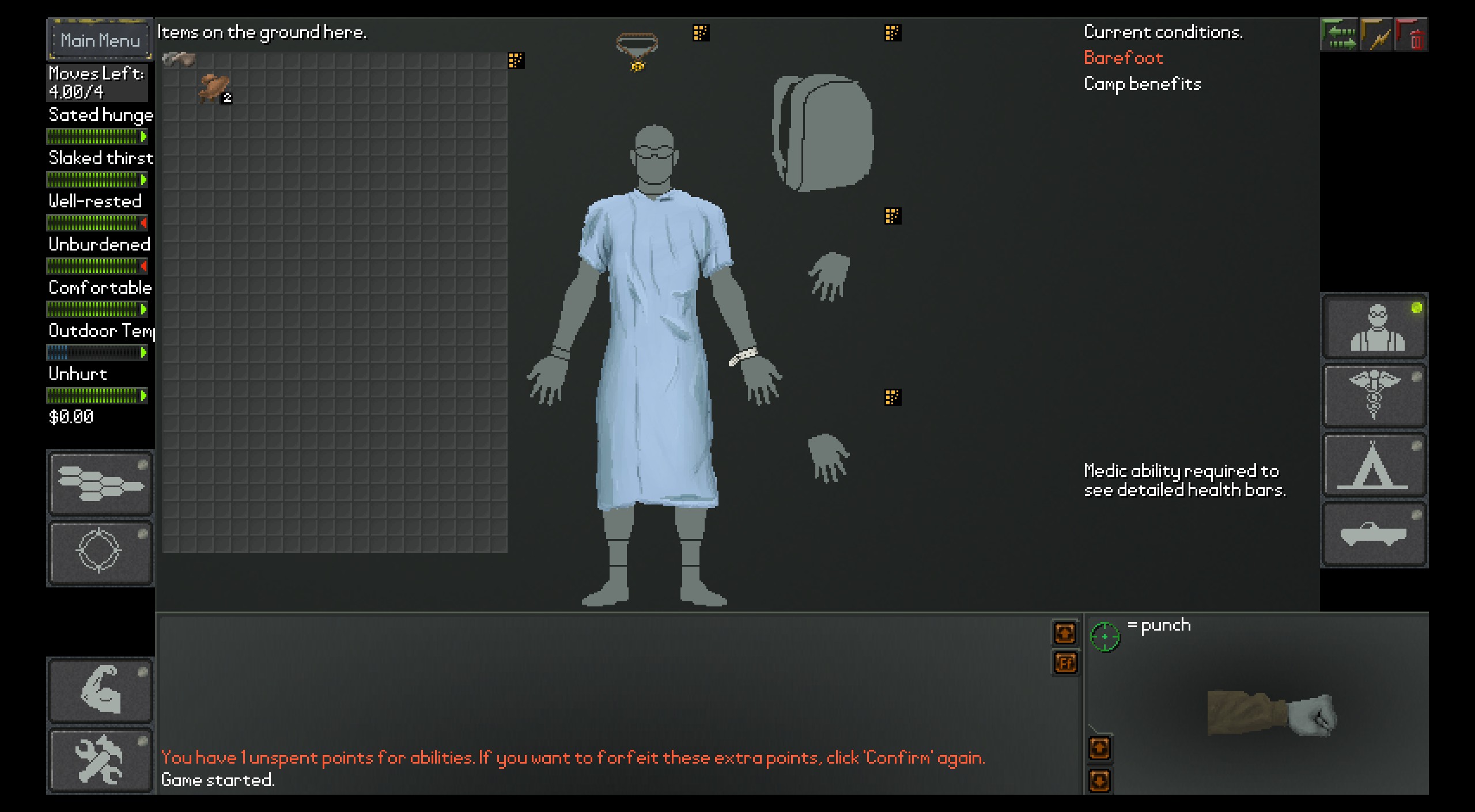The thing about premium cosmetics is that they look like premium cosmetics
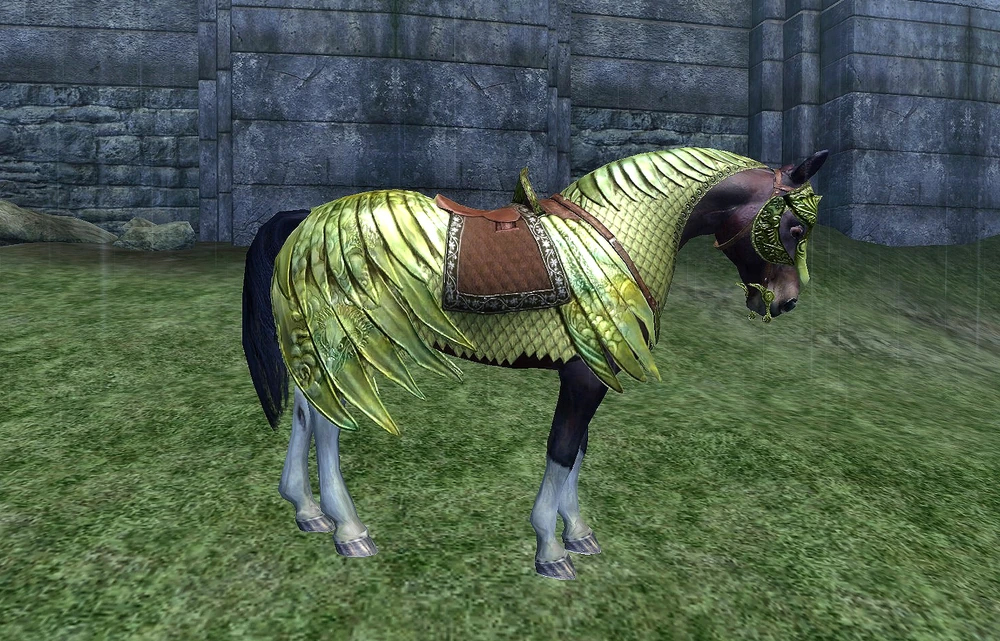
I was browsing the pewter skull masks and other bobbles in Diablo 4’s premium battle pass tiers when it occurred to me that premium cosmetics look like premium cosmetics. That is, “premium cosmetic” is a vibe with definite characteristics. In fantasy games at least, those characteristics tend to be intricate, shiny textures—often but not always precious metals—and lots of straps, belts, and other bits and bobs.
The skull above is a prime example of the premium cosmetic aesthetic: Intricately detailed metal with a characterful but mild tarnish level, leather straps around the horns, and a cloth blindfold which has not taken into account the glowing third eye on the forehead. One look and you just know this is a premium battle pass tier item. Incredibly, this observation remains true even if you go all the way back to the very first premium cosmetic I can remember, Elder Scrolls 4: Oblivion’s infamous horse armor:

Lustrous precious metal, check. Intricate detailing, check. I’m counting the face plates and saddle straps as its bits and bobs. The straps are more prominent in the steel version of the armor.
Things have escalated since then, and there are now levels of premiumness, which are usually defined by the intensity of an item’s lighting or particle effects: Move up the tiers of Diablo 4’s battle pass and on top of a glowing eye you get more eyes and purplish energy radiating off the skulls.
Premium cosmetics also tend to look goofy when paired with non-premium stuff, and often come in sets with predictable themes. Off the top of my head, here are some of the more popular premium cosmetic themes, particularly in shooters with lots of gun skins:
- Gold filigree with white marble, leather, or other signifiers of wealth
- Broken ice (always very desirable)
- Carbon fiber
- ’80s neon sunset
- Iridescent
- Space
- Sort of steampunky: wood, brass, cloth
- Graffiti (Ubisoft loves it)
- NASCAR-style collage of bright decals (Ubisoft loves this, too)
- Cherry blossoms, or otherwise “Japan-themed”
- Minimalist (so understated that it’s obviously premium, like Valorant’s conspicuously sparse Minima set, which still can’t help but include little lines on everything)
I could go on: Christmas sets called something like “Winter Wonderland,” cartoon shaders, Marvel characters, etc. The point is that the premiumness of a videogame item is now a discernible quality, which means that un-premiumness is also a discernable quality.
Diablo 4’s non-premium items include glowing bits here and there—the Legendary Demonblade is lined with fiery runes, for example—but the metal on them tends to be more tarnished than the premium metals, and their glow isn’t as generous as the premium items’.
A good example is the Doombringer. I haven’t seen this Unique sword in action myself, but some players have found the extremely hard-to-obtain Diablo 4 weapon, which in images (the best view is a datamined 3D model from Wowhead) has a Halo energy sword vibe—but with dull metal and a subdued glow.
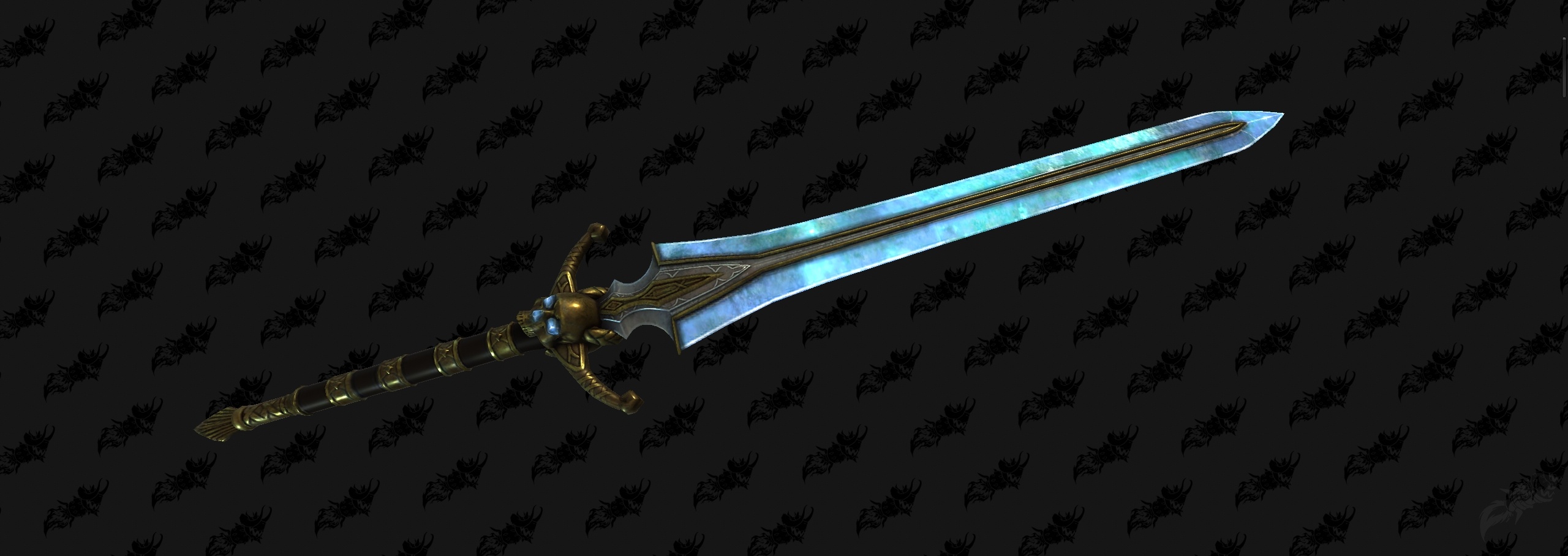
Now here’s a similar, but premium Diablo sword, called Equilibrium:
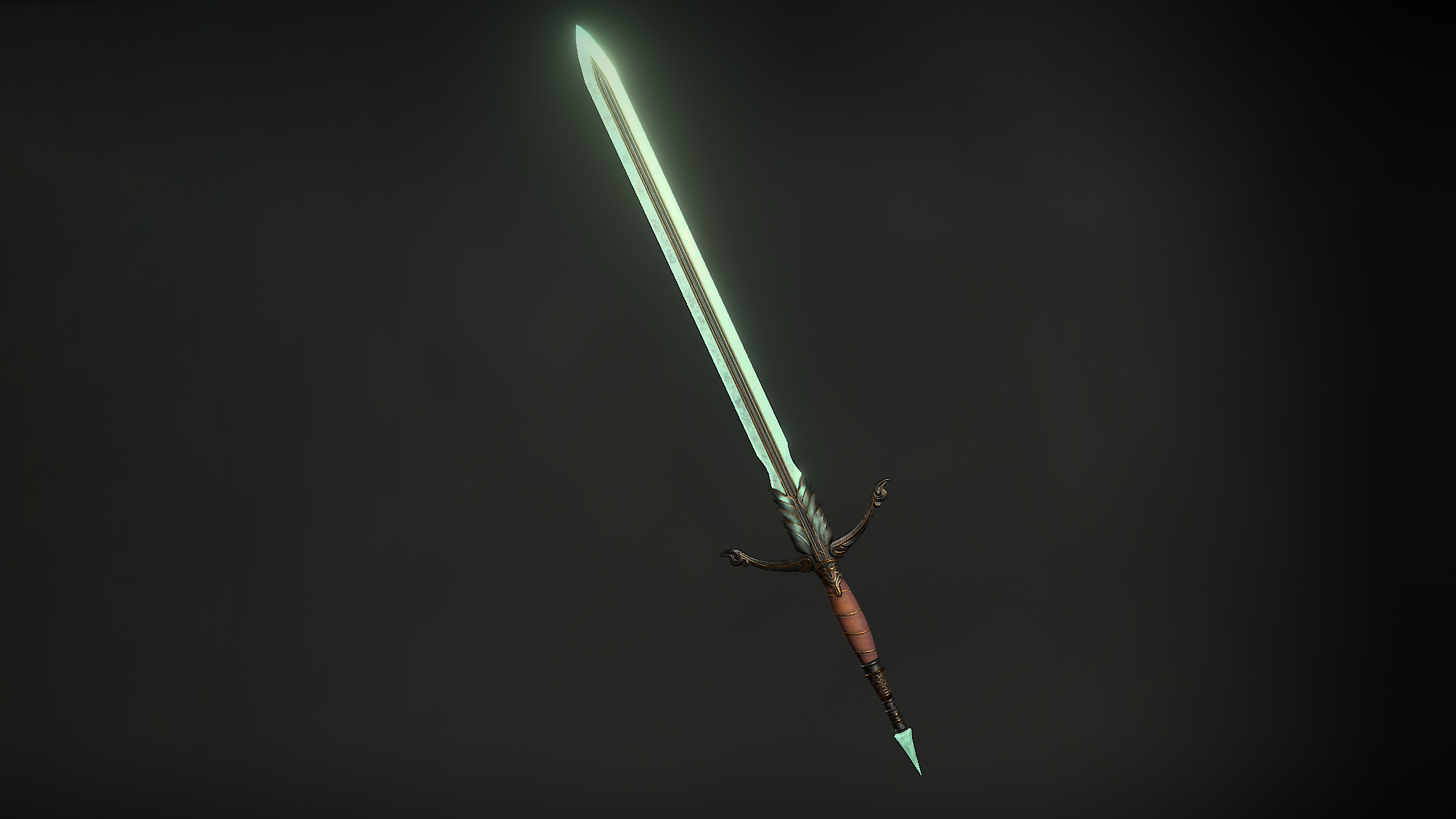
Equilibrium appears to be glowier, and its hilt features thin but shiny gold details rather than the Doombringer’s antique copperware from Grandma and Grandpa’s house. I don’t think that makes it better-looking. I like that the Doombringer looks like a sword that’s seen action. I’m just sayin’: Premium stuff looks premium.
The Doombringer sword has actually appeared in every Diablo. Here’s how it looked in Diablo 3:
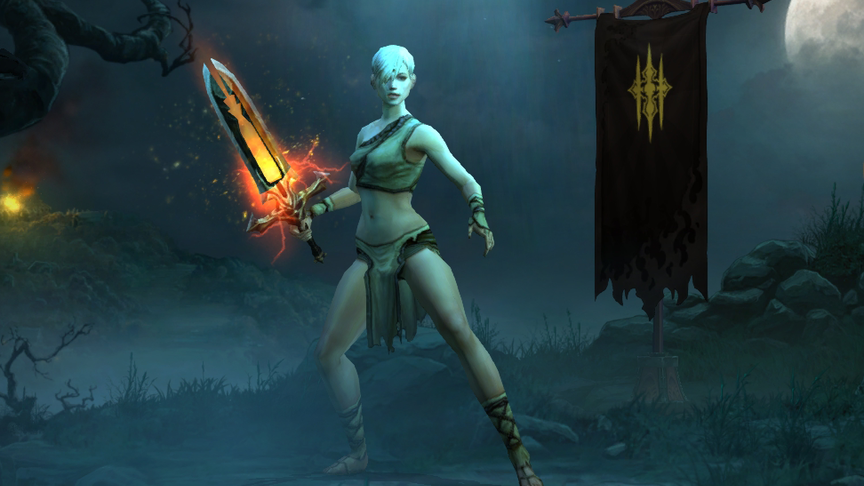
Whoa, now that’s a battle pass tier 100 level particle effect if I ever saw one!
Well, alright, Diablo 3 is goofier overall than the other Diablos, and its electric flame Doombringer is showier than anything you can find in even Diablo 4’s premium cosmetics shop, so it’s not a slam dunk comparison. There are some cool special effects to be found in the Diablo 4 item shop, though, like the subtle, sparkly stars that pop off the Sorcerer’s premium Waxing Crescent armor (note the space theme, as predicted), and it’s just a given that non-premium items won’t ever get effects like that, no matter how rare or special they are.

There’s no way around it: Today’s live service game developer has to leave room for premium cosmetics to look more premium than regular items, because why would anyone buy premium cosmetics that don’t look premium? Looking cooler than other items is literally all they can do, since players would rightfully flip out if paid-for items actually had better stats than items earned the old fashioned way.
It doesn’t stop at shiny metal, leather straps, and subtle particle effects. With basic indicators of premiumness exhausted, characters have been known to start cosplaying as other characters, or wearing the kinds of costumes found at Halloween superstores, like Soldier 76’s Grillmaster outfit in Overwatch. I’m not knocking the Grillmaster—it’s a fun skin—but it does make me wonder how Diablo 4 will escalate the premiumness of its cosmetics as the seasons go on. We probably won’t see any summer fun BBQs, but how glowy can skull eyes get?

